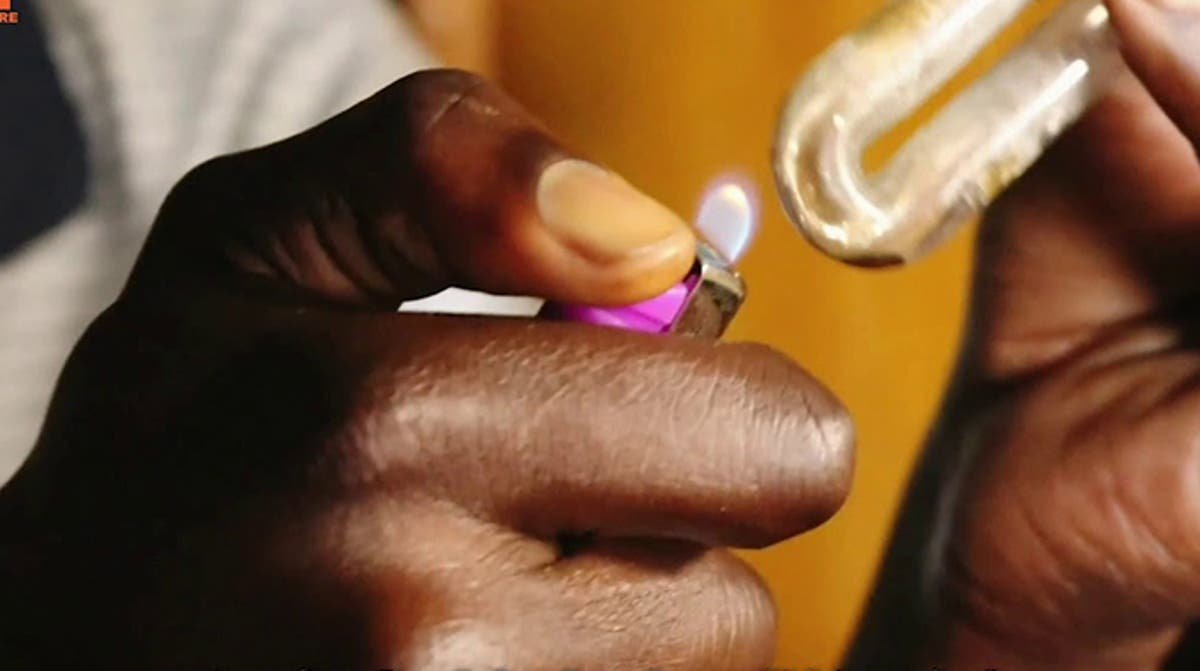…As 38000 people succumb to drugs abuse related complications annually
Tinaani Nyabereka
Gweru- Journalists and Civic Society Organisations have been urged to unite in the fight against drugs and substance abuse as cases of uptake of illicit substances are now reportedly beyond the control of many.
This was revealed during a Media cafe on drugs and substance abuse hosted by Rooted in Trust (RiT) last week in the Midlands capital.
Speaking during a presentation on the effects of drugs, Addiction Counsellor and Researcher Philip Ndaba said drug and substance abuse was now rampant, hence the need for strong therapy mechanisms to assist affected victims.
He added that a number of factors were contributing to the use and uptake of drugs in most communities.
“We are concerned about cases of drugs and substance abuses that are on the rise in the country. Most factors are pushing young people to have solace in these substances.
“What is worrying are the recipes being brewed in the streets, a combination of harmful substances and liquids have produced disastrous results. Some drugs are also passing through the country on their way to other countries in the region such as South Africa. Local Zimbabweans are often used to transport these drugs and rather than being paid in cash, they are usually paid in drugs which then enter the local market. The saddest reality is then that most drug trials and tests are finally done on street children and homeless people on our streets,” he said.
Ndaba added that some of the risk behaviours encountered in communities are drug related.
“Domestic violence, acts of hooliganism, bad talk, crimes and traffic accidents by youth are at most related to the disastrous effects of substance abuse. At the end, there are youngsters who seek comfort and relaxation of the mind in these drugs.
“Most drugs being used are Bronclear, Musombodia, Mangemba, marijuana and Mutoriro to mention a few. Drugs are not only rampant in our society, but some households are centres of supply. Of late some of the content being disseminated on social media has left trails of bad habits on substance uptake, with higher institutions of learning having been marred by peer pressure as young people congregate to experiment on their health,” Ndaba added.
Zimbabwe Coalition on Debt and Development (ZIMCODD) member Lewis Kuchineyi however said it was disturbing to note how some stakeholders were quiet on this issue.
“We understand this issue has become a public outcry and a cause for concern. It requires all citizens and stakeholders’ efforts.
“It remains worrisome to see how some players have chosen silence on the matter,” he said.
Gweru based journalist Vincent Mhene highlighted the need for a robust policy implementation against drug lords and cartels.
“Robust policy implementation is key in destabilizing drug syndicates. Everyone who is caught wanting in these syndicates must be prosecuted .I am sure our borders are being closely monitored but we are perplexed to how drugs continue to flood the country. Is our law compliance strict?” he asked.
RIT Media Officer Thandolwenkosi Nkomo said all hands were needed on desk to combat causes of substance abuse.
“We need all hands on the deck for us to deal with this challenge. However, from what we have learnt, it seems information dissemination remains a key component in combating drugs abuse,” he added.
Despite the surge in substance abuse, most social ills among youth have been linked to lack of adequate recreational centres and life changing initiatives.
Zimbabwe remains one of the countries witnessing an increase in problematic drug use among its domestic population along with the related public health issues that accompany certain types of drug use. The substances that are most commonly used in Zimbabwe include alcohol, cannabis, heroin, glue and cough mixtures such as histalix and broncleer.
Cannabis (mbanje) remains the most popular illicit drug with recent findings however pointing out how “Crystal Methamphetamime” popularly known as ‘Mutoriro’ has topped the list of late.
Amongst school pupils (largely those aged between 13 and 15) nationwide, it was found out that overall 9.1percent of pupils were using drugs with statistics ranging at 13.4percent for males and 4.9percent for females.
The Southern African Region has currently been affected by illicit drug trafficking and drug use as well as the problems associated therewith.
The United Nations Office on Drugs and Crime (UNODC)’s World Drug Report estimates that there are close to 30 million drug users in Africa.
According to the report, cannabis is the most commonly used drug on the continent with a prevalence rate of 7.6% which is nearly twice the global average, whilst the use of amphetamine type stimulants (ATS), cocaine and opiates are comparable with the global averages 0.9percent, 0.4percent, 0.3percent respectively.
Further findings obtained by this publication reveal that approximately 38,000 people in Africa die annually from diseases associated with the consumption of drugs with Africa’s rising illegal drug consumption which is attributed to political instability, poverty and porous borders.







